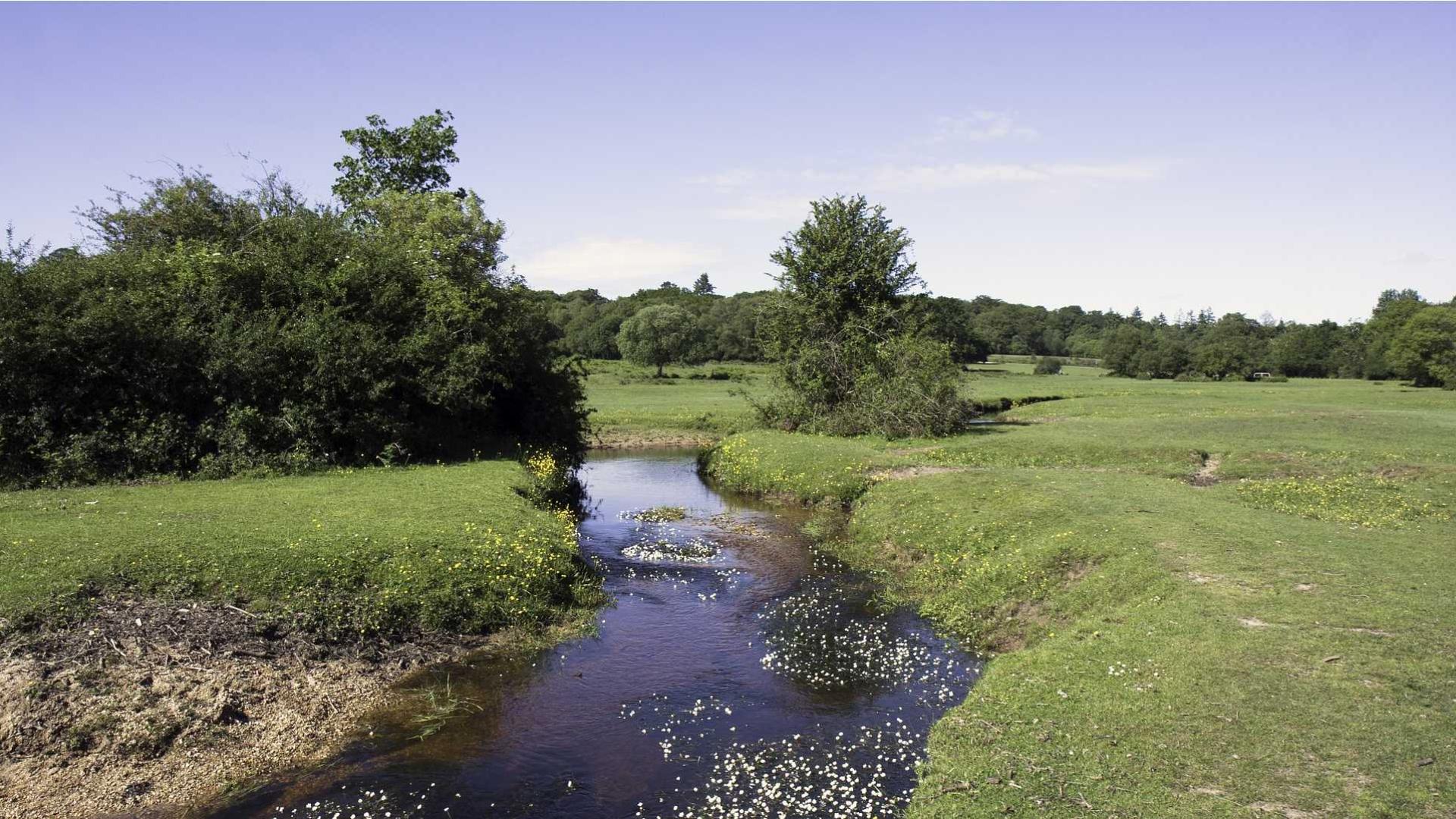Science challenge
Floods and droughts have the potential to cause major disruption to livelihoods, infrastructure and the economy. A sound understanding of current hydrological status and water resources, and trends in river flows is essential in order to forewarn of changing hydrological conditions and for society to cope with extreme events. The National Hydrological Monitoring Programme provides this service in the UK.
Project summary
The National Hydrological Monitoring Programme provides independent, authoritative advice on UK hydrological conditions and water resource status. It has been providing monthly Hydrological Summaries and reports of major hydrological floods and droughts since 1988. The NHMP is a collaboration between the UK Centre for Ecology & Hydrology, the British Geological Survey, the Met Office and the UK measuring authorities.
The NHMP brings together and analyses data on rainfall, river flows, groundwater levels and reservoir stocks. For example, it investigates long-term hydrological trends using the extensive data holdings of the National River Flow Archive and the National Groundwater Level Archive.
The work carried out by the NHMP team has made a contribution to the public debate around floods and droughts over the years. There has, inevitably, been media interest in the Hydrological Summaries in the wake of major events, and NHMP team members have regularly given interviews, providing a public face to the reports. There were more than 1000 separate media articles on drought and subsequent flooding which quoted NHMP outputs from 2010 up to the end of 2012; team members also engaged in more than 20 TV and radio interviews for outlets including the BBC and Sky News.
Some of the reports have gone on to inform other reviews and enquiries including written and oral evidence to parliamentary select committees. After the devastating summer floods of 2007, NHMP assessments of the event, its magnitude, impacts and description of the issues related to measuring high flows informed the Pitt Review which was described as "one of the widest ranging policy reviews ever carried out in the UK". During the winter flooding of 2015/2016 the NHMP was prominent in national papers, on national radio and the resulting report was featured in the Environment Agency’s review of the impact of the event.

